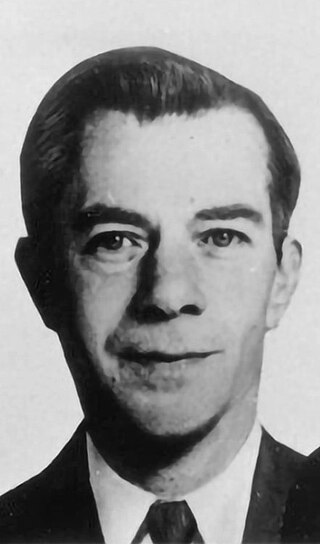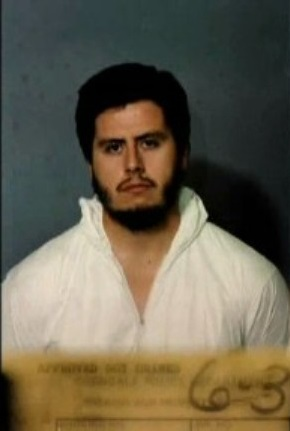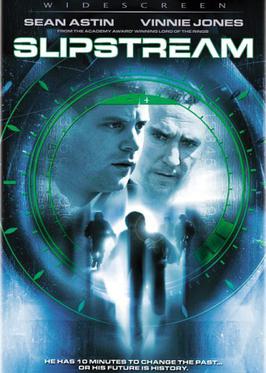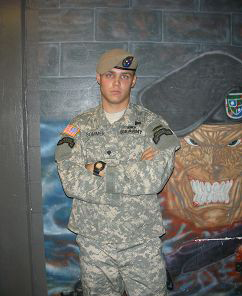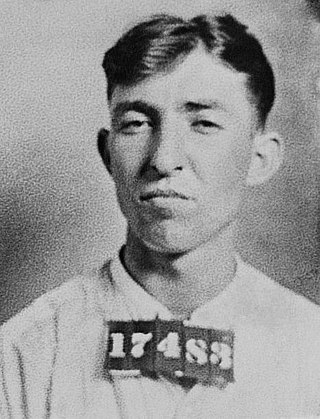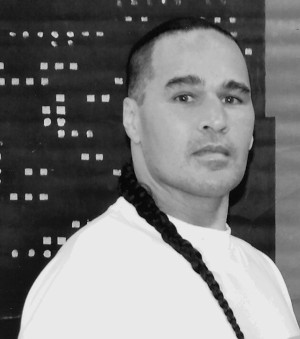Plot
Just before closing time, bank teller Kaitlin has one last customer, Tripp, who wants $100 broken into a quirky, specific combination of coins. As he flirts with her, the bank is simultaneously attacked by two groups of robbers: three high-tech professionals – Darrien, Gates, Weinstein – with machine guns, there for the vault, and two rednecks – "Peanut Butter" and "Jelly" – with a revolver and a shotgun, for the ATM.
Tripp, sensing a gunfight, jumps the counter to keep both himself and Kaitlin safe, as the two groups open fire on each other. A bystander is quickly shot and killed. Tripp steps in, suggesting that the groups make a truce and concurrently rob what they came to rob. Eight hostages are locked in the kitchen upstairs, and the windows are blackened.
The trio get frustrated with the ATM smash-and-grab thieves' lack of sophistication. They have conspicuous tattoos and no masks, and use an excessive amount of plastic explosives, blowing out several windows. The duo watch the other team, in awe of their technical savvy, with their fancy steel-cased laptops, helmets with night-vision goggles, and great firepower.
Tripp asks Kaitlin about her supposed wealthy fiancé. Breaking down some puzzling details of the heists to the others, such as the man shot dead in the lobby, Tripp guesses that 'coincidences' were intentional. Also, he finds night vision goggles hidden in the bathroom. Mitch, a computer technician, is discovered to have sold intel about when a reboot would take place, leaving the system vulnerable for 10 minutes around closing time.
The ATM thieves and racist, trigger-happy Gates check their rankings on the FBI's most wanted for banks. The top is Vicellous Drum, the second Mick Nylon, the third is Alexis Black; Darrien and Weinstein are at 12, Gates at 68 (fourth at cyber). "Peanut Butter" and "Jelly" are at 674.
Tripp volunteers to help the ATM robbers so he can figure out who shot the 'bystander', who was carrying an FBI-issue gun. The bullet that killed him came from the balcony above, so Tripp concludes it was Weinstein. Directly afterward, they suspiciously find Mitch and Weinstein shot dead, looking like they shot each other. Darrien decides to flee. He doesn't find the key, so he tries to use the blowtorch, but it's rigged to blow up.
Gates hooks up the vault door, sending ‘Jelly’ to check on a noise. Tripp easily distracts him, showing him the faulty detonators, proving someone is sabotaging them. Jelly shows him a fax from their point man Vicellous Drum. He and PB once acted as decoys so he could rob a bank. Gates produces a fax from their point man. Tripp discovers the representative of a Swiss bank dead in a cupboard with yet another fax, summoning her to the bank at the same time as the others.
Tripp concludes that all has not been a robbery, but a plan to take out as many people as possible: the FBI agent, both criminal teams, the Swiss bank rep, Mitch, and who knows who else. Gates blows the vault, but Tripp warns them it's a trap, like flypaper. He and Kaitlin trick Drum into going for the night vision goggles, which works, but he still rubs out the ex-con bank guard and Gates.
The robbers (among others) were lured here, with misleading blueprints and defective equipment, so that Vicellous Drum (the bank manager, Gordon Blythe) could kill them to cover his own trail. Once Kaitlin and Tripp expose him, he tries to bribe everyone with millions, but they blow him away.
Afterward, the ATM pair escape with bags of money, Rex and Madge stay on and Kaitlin and Tripp drive off with her ‘wedding presents’ (boxes of money) carried out for her by bank security guards. Tripp fell for Kaitlin while hostage, and it turns out she was the biggest thief herself, knowing of Blythe-Drum's plan all along. She is, in fact, Alexis Black (and he possibly Mick Nylon).



